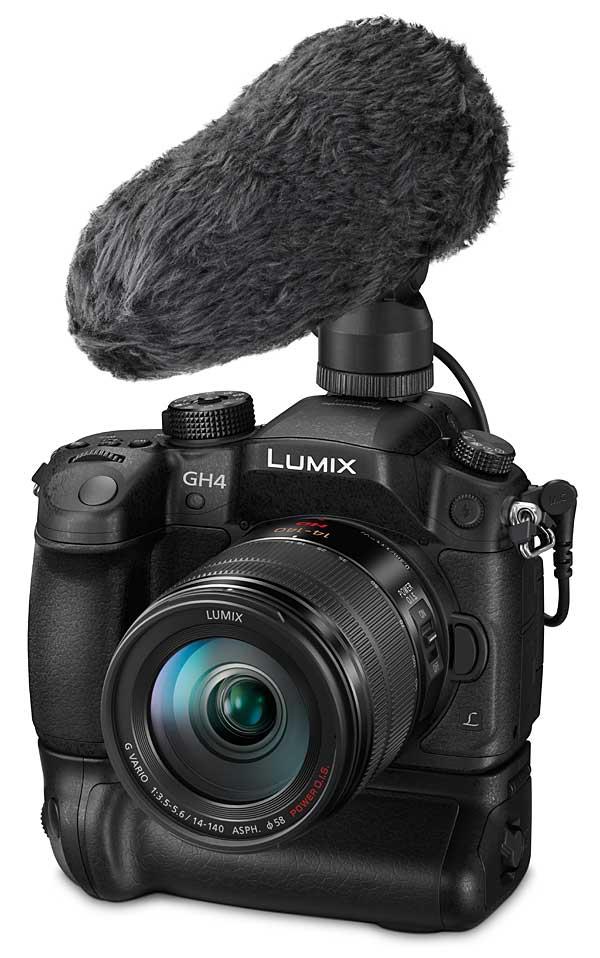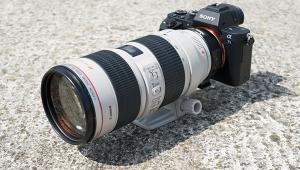Hybrid Photography - Staying Still Is No Longer An Option

A new generation of photographers are reinventing photography with mirrorless digital cameras. They no longer differentiate between still and motion pictures; theirs is a seamless view of photos and videos. By thinking outside the established paradigms of photography from capture to display—they increasingly focus on the seamless integration of still and video, mobility, fast social sharing, and spontaneity. This generation is defined not by age or tradition but by the desire to make creating unique visuals a vital part of their lives and professions.
As with so many changes in photography, technology led the way. The film-to-digital transition took just over a decade, but it now seems that the genie is out of the bottle and change is even more rapid. In 2008 the era of the DSLR started to show its age when the Panasonic LUMIX G1 mirrorless Micro Four Thirds camera altered the way we think of cameras. Gone are the restrictive limitations of a DSLR mirror box, which now allows us to create from a touch enabled display as we capture. And active creative control over 4K UHD video has suddenly become possible for anyone. In the midst of this change, cameras and lenses suddenly lost weight, decreased in size, and became more intelligent. The photographic lines between video and still are now blurred, and, because the mirrorless camera has the built-in power of creative software, we have officially entered the era of Hybrid Photography.

What Is Hybrid Photography?
Hybrid Photography is simply the ability to seamlessly switch between the recording mediums of still and video and, if desired, produce both as one output, usually as a video or animation shared through social media. Thanks to the innovations first pioneered in Panasonic LUMIX G Series cameras, slide shows of photos and videos mixed with audio are becoming common among photographers. The difference today is that with just one mirrorless camera anyone can capture images in any format without having to establish special configurations. For example, with many Panasonic LUMIX models, photos can be captured simultaneously during video recording all with the same lens. Individual 4K UHD video frames can be output at 8.8 megapixels each at 60 frames per second. It begs the question, should we always just record video and pull the still frame with that split second special moment. Plus, thanks to increased Lumix processing intelligence, built-in special still and video effects can easily produce a unique look without the need for complex post processing.

Hybrid Photography Is For Everyone
Today we see a whole new generation of photographers, who share photography through multiple formats; print, social media, streaming video, mobile devices, computers and TV. So it’s only logical that technology keep up with the creative and display needs of photographers. Photographers are becoming more comfortable and skilled in this new hybrid form of photography and in-camera creativity tools can enable everyone to create and share amazing photos and videos.

The Future Of Photography Is Here
What we know from history is that the only constant is change. As the needs of photographers change so will the design and capabilities of Panasonic Lumix cameras. What seems to stay the same is the desire to share the joy that photography brings to our lives. With hybrid photography, cameras are now more powerful, portable and creative, making the preservation and sharing of even more dynamic sunsets, voices, street sounds, and first steps possible. To learn more and join the growing community of Hybrid Photography visit www.LumixLounge.com.
- Log in or register to post comments









































